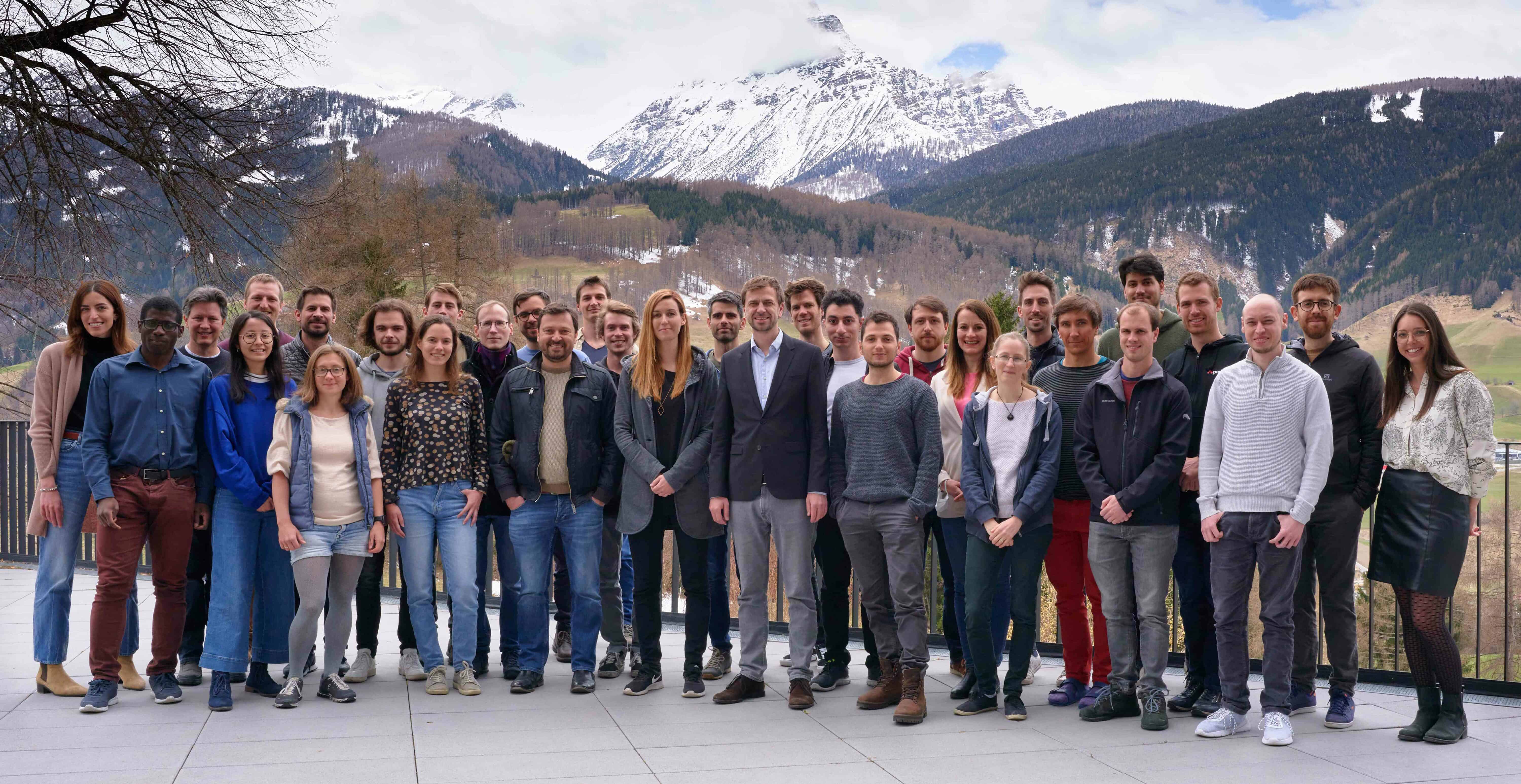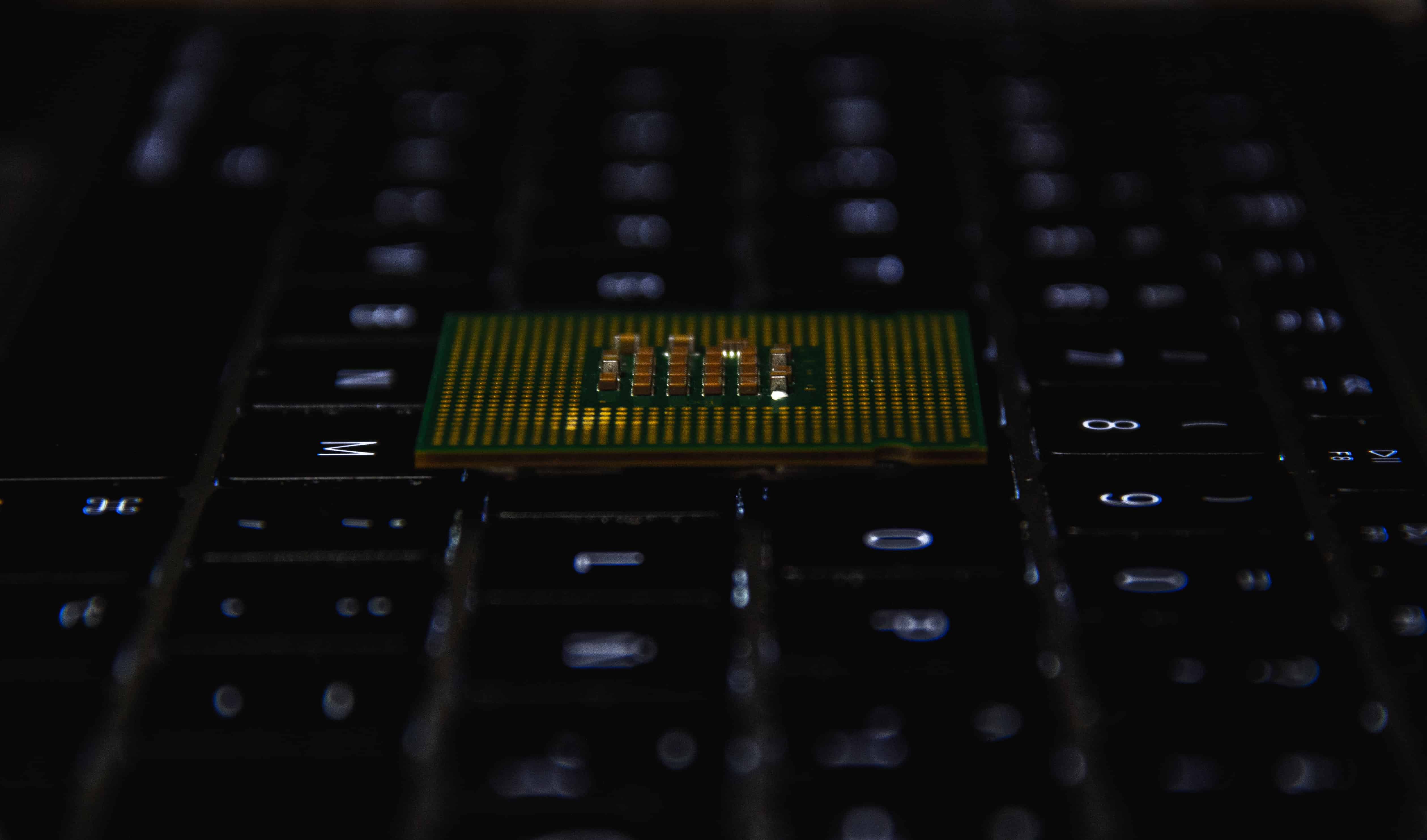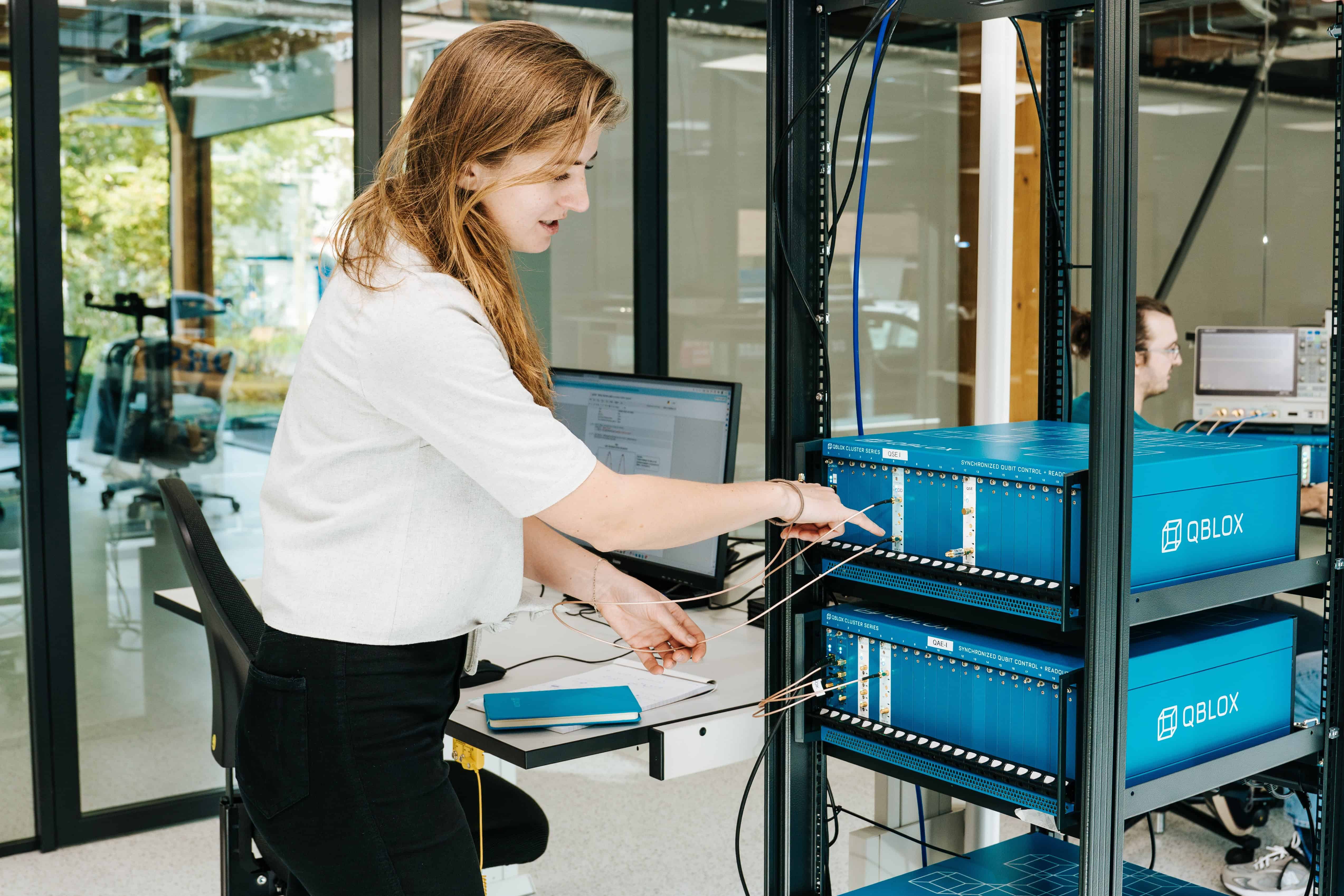
The development of new information and communication technologies poses new challenges to scientists and industry. Designing new quantum materials – whose exceptional properties stem from quantum physics – is the most promising way to meet these challenges.
An international team led by the University of Geneva (UNIGE) and including researchers from the universities of Salerno, Utrecht and Delft, has designed a material in which the dynamics of electrons can be controlled by curving the fabric of space in which they evolve. These properties are of interest for next-generation electronic devices, including the optoelectronics of the future, UNIGE explained in a press release.
A look to the future
The telecommunications of the future will require new, extremely powerful electronic devices. These must be capable of processing electromagnetic signals at unprecedented speeds, in the picosecond range, i.e. one thousandth of a billionth of a second. This is unthinkable with current semiconductor materials, such as silicon, which is widely used in the electronic components of our telephones, computers and game consoles. To achieve this, scientists and industry are focusing on the design of new quantum materials.
Thanks to their unique properties – especially the collective reactions of the electrons that compose them – these quantum materials could be used to capture, manipulate and transmit information-carrying signals (for example photons, in the case of quantum telecommunications) within new electronic devices. Moreover, they can operate in electromagnetic frequency ranges that have not yet been explored and would thus open the way to very high-speed communication systems.

A warp drive
‘‘One of the most fascinating properties of quantum matter is that electrons can evolve in a curved space. The force fields, due to this distortion of the space inhabited by the electrons, generate dynamics totally absent in conventional materials. This is an outstanding application of the principle of quantum superposition,’’ explains Andrea Caviglia, full professor at UNIGE.
After an initial theoretical study, the international team of researchers from the Universities of Geneva, Salerno, Utrecht and Delft designed a material in which the curvature of the space fabric is controllable. ‘‘We have designed an interface hosting an extremely thin layer of free electrons. It is sandwiched between strontium titanate and lanthanum aluminate, which are two insulating oxides,’’ says Carmine Ortix, professor at the University of Salerno and coordinator of the theoretical study. This combination allows us to obtain particular electronic geometrical configurations which can be controlled on-demand.

One atom at a time
To achieve this, the research team used an advanced system for fabricating materials on an atomic scale. Using laser pulses, each layer of atoms was stacked one after another. ‘‘This method allowed us to create special combinations of atoms in space that affect the behavior of the material,’’ the researchers detail.
While the prospect of technological use is still far off, this new material opens up new avenues in the exploration of very high-speed electromagnetic signal manipulation. These results can also be useful when developing new sensors. The next step for the research team will be to further observe how this material reacts to high electromagnetic frequencies to determine more precisely its potential applications.
Selected for you!
Innovation Origins is the European platform for innovation news. In addition to the many reports from our own editors in 15 European countries, we select the most important press releases from reliable sources. This way you can stay up to date on what is happening in the world of innovation. Are you or do you know an organization that should not be missing from our list of selected sources? Then report to our editorial team.







